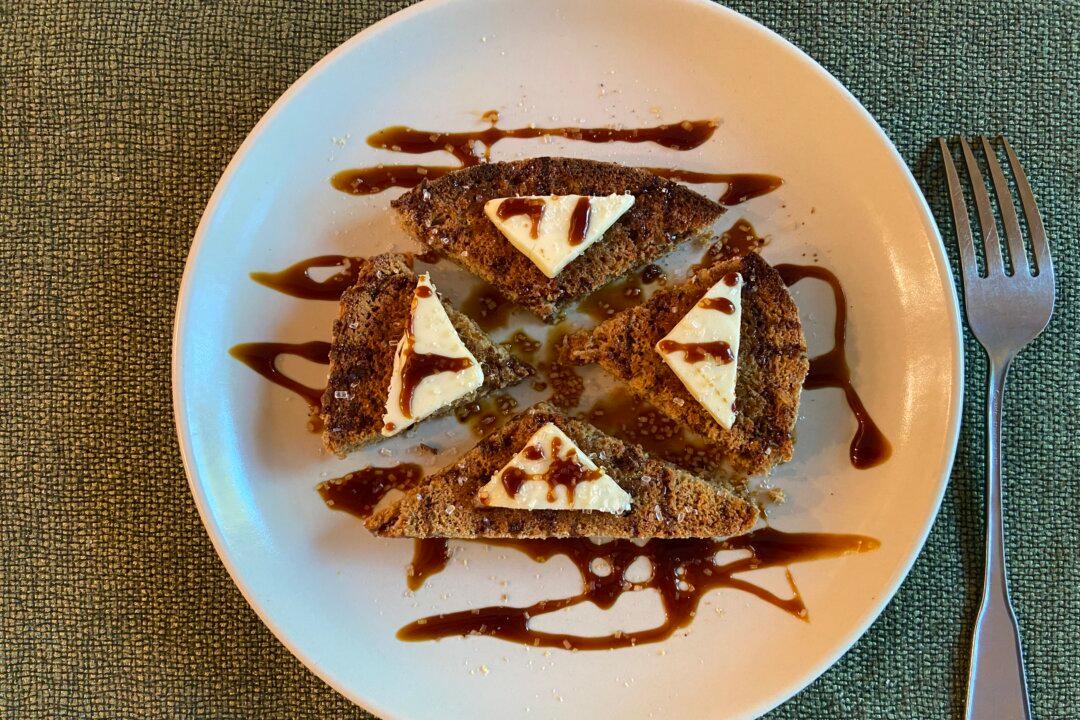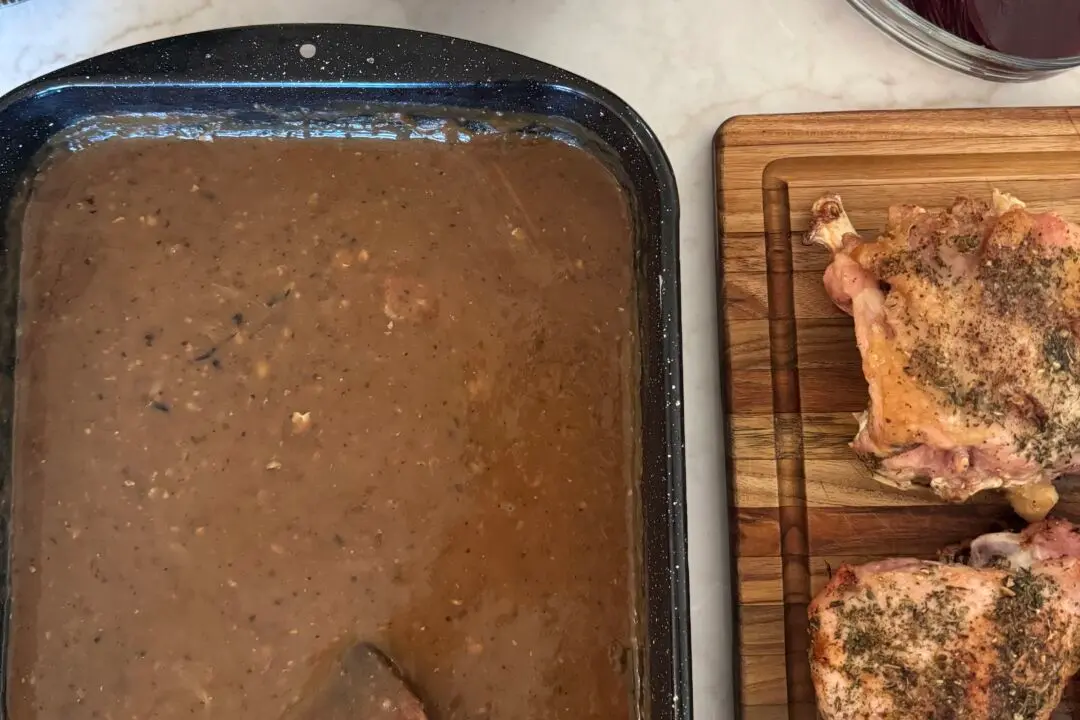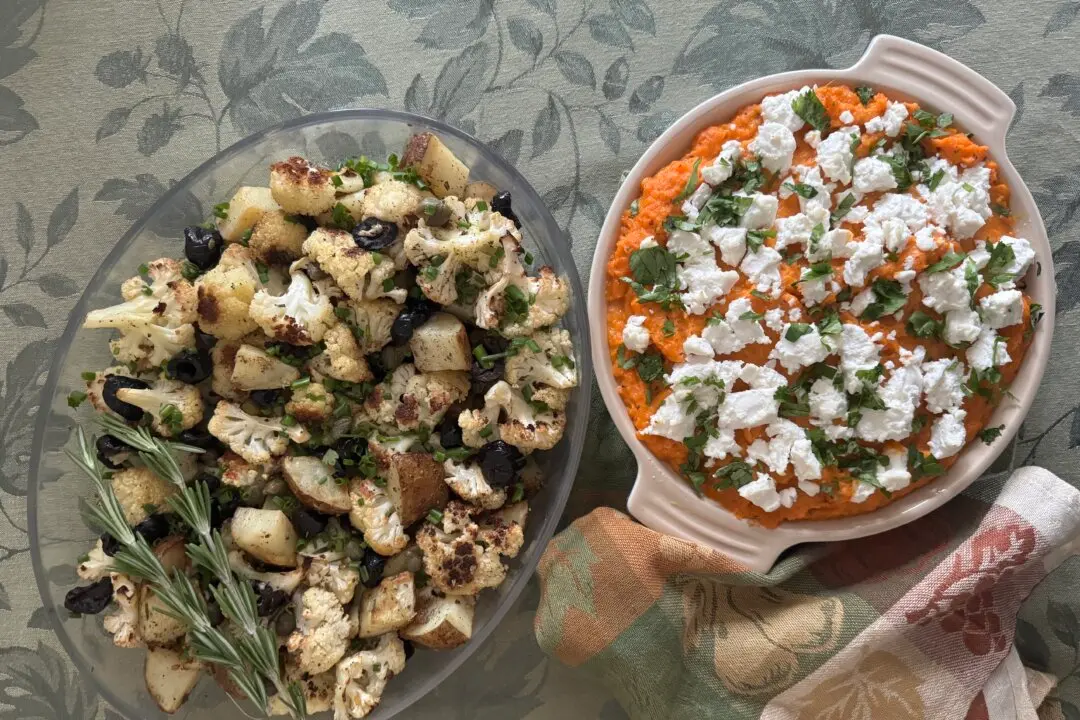Cooler days mean mornings perfect for baking bread. Top of my list this year is a loaf of anadama bread. A hearty bread that brings back memories and makes me smile.
I first encountered anadama bread many decades ago on a family road trip to Massachusetts. The sweet and crunchy loaf intrigued us all. Luckily, we found a recipe in the family volume of “The Doubleday Cookbook,” my mother’s go-to recipe source. She added the bread to her repertoire whenever molasses and cornmeal were on hand.
Jean Anderson and Elaine Hanna demurely tell us that the bread was created by a fisherman’s wife, Anna, who added cornmeal and molasses to her boring daily bread routine. Time-Life Books’ “The Good Cook” series tells us that Anna lived in Gloucester, Massachusetts. We get more information from “The Oxford Encyclopedia of Food and Drink in America,” edited by Andrew F. Smith. This volume posits that a farmer or a local fisherman grew so tired of the daily cornmeal and molasses mush that his wife served that he dumped flour and yeast into the mush and threw the mixture into the oven, muttering “Anna, damn her.”
The tales, traceable in written form to the 19th century, go on, with some saying her tombstone fondly read, “Anna was a lovely bride, but Anna, damn ’er, up and died.” Restaurants and bakeries on the North shore of Boston serve up their versions with a bit of the lore.
We sought it out everywhere on our recent trip to the area. Our favorite version, served at Scales in Portland, Maine, arrived deeply toasted with pats of local butter and a drizzle of local molasses. New memories to pile onto the old.
At home, I pulled out several American cookbooks to research a recipe for the hearty, slightly sweet, slightly crunchy yeast bread. The recipe that follows is loosely based on the version in “The New Doubleday Cookbook” by Jean Anderson and Elaine Hanna (Doubleday, 1985).
For even more nuttiness and flavor, I added a bit of whole wheat flour from our local farmer’s market and some buckwheat flour from Granor Farms in Michigan. The recipe doubles easily to make two loaves; the bread freezes nicely.
This hearty bread tastes best served warm. We also like it for breakfast toasted with a smear of cookie butter or hazelnut spread. Anna would be as pleased as we are to serve it to her husband for dessert topped with butter and molasses.
Anadama Bread
Makes 1 loaf





